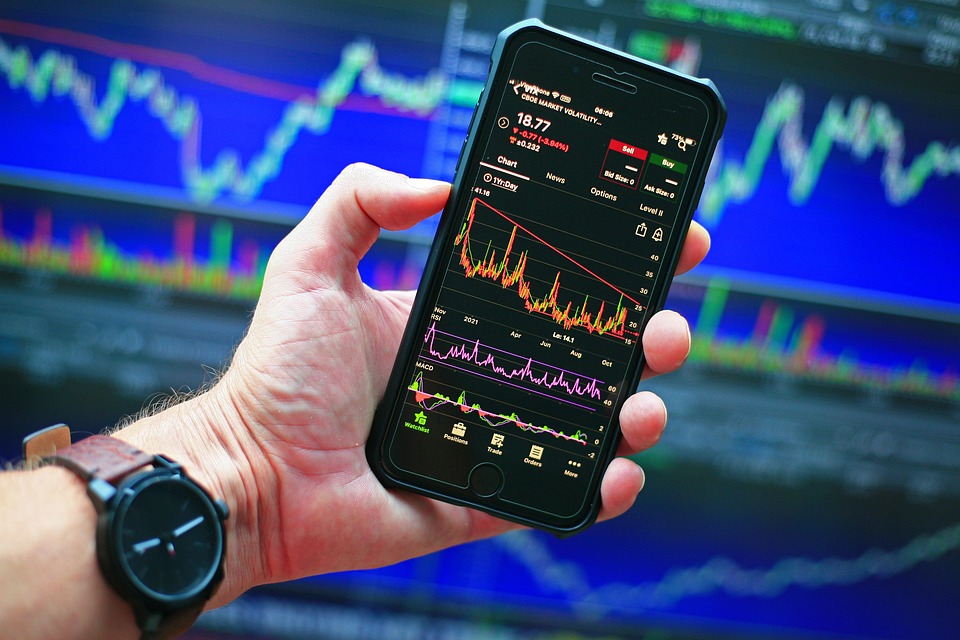The Evolution of Forex Trading: A Look Back at the Last Decade
The foreign exchange market, also known as the Forex market, has undergone significant changes over the past decade. From the rise of online trading platforms to the increasing popularity of cryptocurrencies, the Forex landscape has transformed dramatically. In this article, we’ll take a look back at the major developments that have shaped the Forex industry over the last decade.
The Rise of Online Trading Platforms (2010-2012)
The early 2010s saw the emergence of online trading platforms, which revolutionized the way individuals could access the Forex market. With the introduction of platforms like MetaTrader 4 and 5, traders could now access the market from the comfort of their own homes, without the need for physical trading floors or brokers. This democratization of trading opened up the market to a wider range of participants, including individual traders and small investors.
The Era of Social Trading (2012-2015)
As online trading platforms became more widespread, social trading emerged as a significant trend. Social trading platforms like ZuluTrade and Myfxbook allowed traders to share their strategies and trade signals with others, creating a community-driven approach to trading. This shift towards social trading enabled traders to learn from each other, reduce risk, and increase potential returns.
The Rise of Mobile Trading (2015-2017)
The mid-2010s saw the proliferation of mobile trading apps, which enabled traders to access the market on-the-go. Mobile trading apps like MT4 Mobile and FXCM’s Trading Station allowed traders to monitor markets, execute trades, and manage their accounts from anywhere, at any time. This increased mobility and flexibility further accelerated the growth of the Forex market.
The Impact of Cryptocurrencies (2017-2019)
The emergence of cryptocurrencies like Bitcoin and Ethereum in the mid-2010s had a significant impact on the Forex market. As cryptocurrencies began to gain mainstream acceptance, they started to influence traditional currency pairs, leading to increased volatility and trading activity. The rise of cryptocurrencies also led to the development of new trading instruments, such as cryptocurrency pairs and margin trading.
The Shift towards Artificial Intelligence and Machine Learning (2019-Present)
In recent years, the Forex market has seen a significant shift towards the use of artificial intelligence (AI) and machine learning (ML) technologies. These technologies have enabled traders to analyze vast amounts of data, identify patterns, and make more informed trading decisions. AI-powered trading systems have also been developed, which can execute trades autonomously, reducing the risk of human error.
The Future of Forex Trading
As we look to the future, it’s clear that the Forex market will continue to evolve. With the increasing adoption of AI and ML technologies, we can expect to see even more sophisticated trading systems and strategies emerge. Additionally, the rise of decentralized finance (DeFi) and blockchain technology may lead to new trading instruments and platforms.
In conclusion, the last decade has been marked by significant changes in the Forex market. From the rise of online trading platforms to the increasing popularity of cryptocurrencies, the industry has undergone a transformation that has opened up new opportunities for traders and investors. As we look to the future, it’s clear that the Forex market will continue to evolve, driven by advances in technology and changing market conditions.
